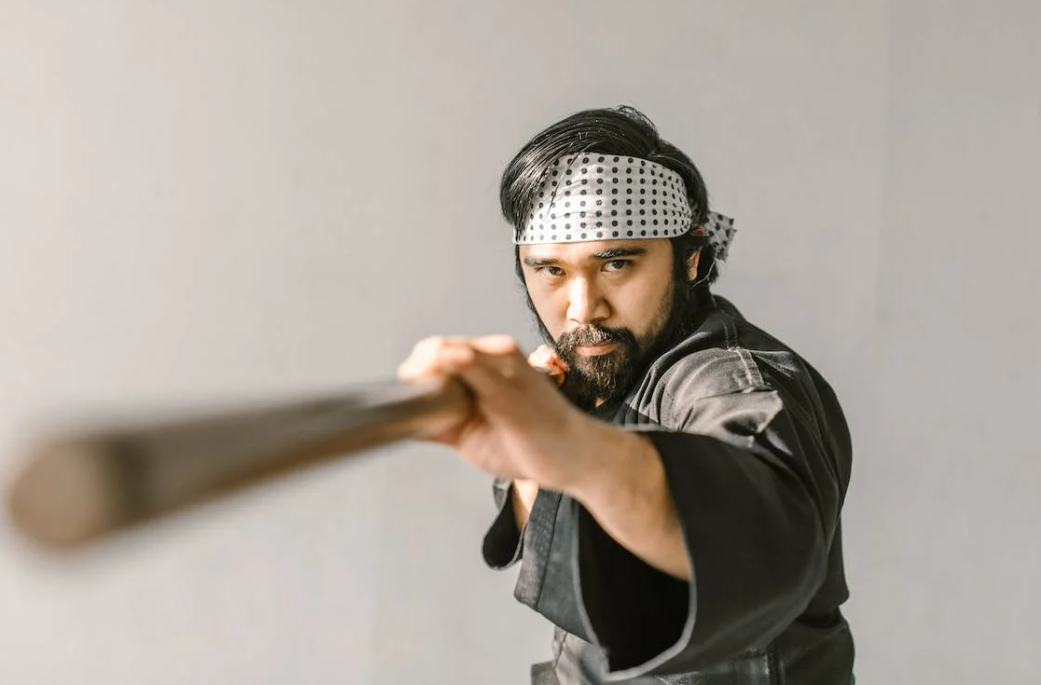
Weapons-based martial arts encompass a diverse array of combat disciplines that focus on the mastery and practical application of various weapons. These martial arts styles have a rich history, cultural significance, and offer unique insights into the art of armed combat. In this article, we will delve into the world of weapons-based martial arts, exploring their origins, techniques, training methods, and the impact they have had on combat sports and self-defense practices.
Origins and Cultural Significance
Weapons-based martial arts have deep historical roots in different cultures around the world. From ancient civilizations to modern times, various weapons have been utilized for combat, hunting, and personal protection. Styles such as Kendo, Fencing, and Eskrima represent distinct lineages and cultural traditions. These arts often embody the values, philosophies, and warrior codes of the societies from which they originated.
Weapons and Techniques
Weapons-based martial arts incorporate a wide range of weapons, including swords, staffs, spears, knives, and more. Each style has its unique repertoire of techniques, strikes, parries, and defensive maneuvers associated with specific weapons. For instance, Kendo focuses on the use of bamboo swords (shinai) and emphasizes precision strikes and proper footwork. Eskrima, originating from the Philippines, encompasses a versatile range of weapon techniques, such as stick fighting and knife combat.
Training Methods and Discipline
Training in weapons-based martial arts involves disciplined practice, technical drills, and sparring. Practitioners learn the proper handling, manipulation, and striking techniques specific to each weapon. Training often includes solo forms (kata) that simulate combat scenarios, partner drills, and controlled sparring. Weapons-based martial arts require concentration, coordination, and mental focus to effectively wield the weapon and respond to various situations.
Competitive Aspects and Sportive Expression
Weapons-based martial arts offer competitive platforms where practitioners can showcase their skills and compete against others. Styles such as Fencing and Kendo have organized tournaments that adhere to specific rulesets and scoring systems. Competitors aim to strike precise targets, demonstrate technique, and display strategic prowess. These competitions provide opportunities for personal growth, camaraderie, and the testing of skills in a controlled environment.
Self-Defense Applications
Weapons-based martial arts provide practitioners with practical self-defense techniques in scenarios involving armed attacks. Training in these arts equips individuals with the knowledge of weapon manipulation, distance control, and effective strikes. The ability to handle weapons and understand their dynamics enhances self-defense capabilities and empowers individuals to protect themselves or others when faced with potentially dangerous situations.
Historical and Cultural Preservation
Weapons-based martial arts play a crucial role in preserving historical traditions, cultural heritage, and the artistry of armed combat. Many styles have deep ties to their respective cultures, reflecting the values and aesthetics of bygone eras. Through rigorous training and adherence to traditional techniques, practitioners ensure the preservation of these martial arts, passing down ancient knowledge from one generation to the next.
Mental and Physical Benefits
Engaging in weapons-based martial arts offers numerous mental and physical benefits. Training requires discipline, focus, and concentration, enhancing mental clarity and fortitude. The physical demands of weapons training promote cardiovascular fitness, muscular strength, coordination, and balance. These arts also instill discipline, self-control, and self-confidence, contributing to personal development beyond the physical aspects.
Evolution and Adaptation
Weapons-based martial arts continue to evolve and adapt to modern contexts. While rooted in tradition, practitioners explore new training methodologies, incorporate insights from other martial arts, and experiment with different weapon variations. Contemporary adaptations cater to self-defense needs, sporting applications, and even choreography for movies and performances, ensuring that these martial arts remain relevant and vibrant.
Weapons-based martial arts represent a fascinating realm of combat disciplines that celebrate the artistry and skill of armed combat. From their historical origins to their practical applications, these arts offer valuable insights into cultural traditions, self-defense techniques, and personal development. As weapons-based martial arts continue to evolve and capture the imagination of practitioners and enthusiasts worldwide, they leave an indelible mark on the martial arts landscape, embodying the timeless spirit of the warrior.